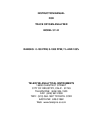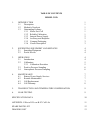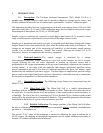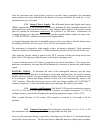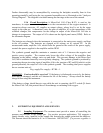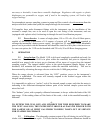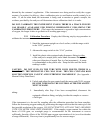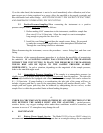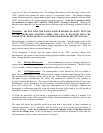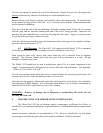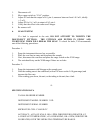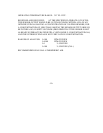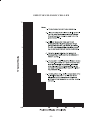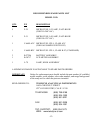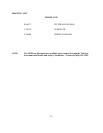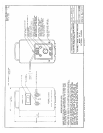
dictated by the customer’s application. If the instrument were being used to certify the oxygen
content of a product for delivery, then a calibration prior to certification would certainly be in
order. If, on the other hand, the instrument is being used to monitor or guard a sample, the
evidence provided by the analyzer will determine when a calibration check is in order.
DO NOT CALIBRATE THE INSTRUMENT UNLESS THERE IS A TRACE OXYGEN
GAS READILY AVAILABLE FOR PURGING IMMEDIATELY FOLLOWING THE
CALIBRATION PROCEDURE. (The longer the instrument is exposed to high concentrations
of oxygen, the longer it takes to get back to its working ppm range.)
3.2.1 Calibration Procedure
: Employ the following step-by-step procedure to
calibrate the instrument:
1. Stand the instrument upright on a level surface, with the range switch
in the “OFF” position.
2. Advance the range switch to the “CAL” position.
3. Install the plastic-tube-equipped male disconnect fitting in either
of the analyzer’s sample ports, and a blank disconnect fitting in the
other port (direction of sample flow is of no importance). A pump
is recommended on the plastic tube. Pump the tube until the meter
reading is stable.
CAUTION
: DO NOT SUCK ON THE TUBE WITH YOUR MOUTH, THERE IS A
POSSIBILITY THE MICRO-FUEL CELL MAY LEAK. THE CELL CONTAINS KOH
SOLUTION WHICH IS CAUSTIC AND EXTREMELY HAZARDOUS! (See Appendix -
Material Safety Data Sheet).
4. Unlock and adjust the span control until the meter reads 20.9% oxygen.
BE SURE TO RELOCK THE CONTROL AFTER THE ADJUST-
MENT IS MADE.
5. Immediately after Step 4 has been accomplished, disconnect the
tubing-
equipped calibration fitting, and plug in either the sample or a source
of inert gas.
-5-
If the instrument is to be used for sampling after the calibration procedure has been complete,
follow the decreasing oxygen reading by positioning the range switch so that the meter gives the
best possible resolution of the oxygen. DO NOT ATTEMPT TO ACTUALLY TAKE A READING
UNTIL THE METER INDICATION STABILIZES. If the sample oxygen content lies within the
limits of 0-100 ppm, an overnight purge is recommended for the instrument to recover
sufficiently from the effects of the 209,000 ppm oxygen concentration of air (over four decades
of range differential). Recovery time is proportionally less for coarser ranges.



